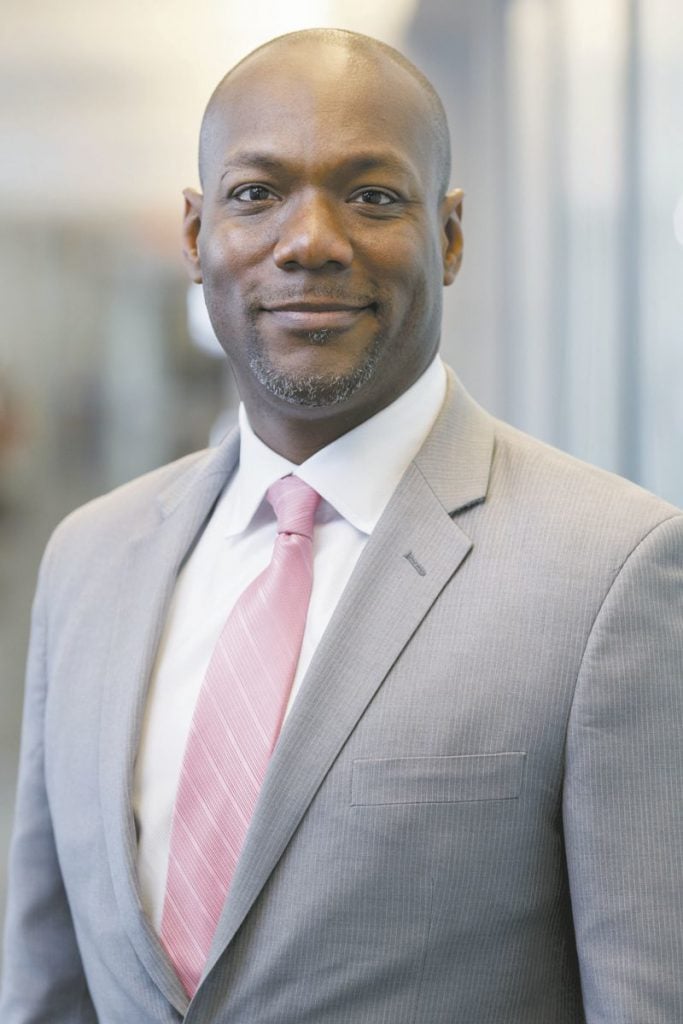
In an era that yearns for authenticity, truth, and political courage, the poignant intonations of The Staples Singers calling for “no more smiling faces lying to the races” in their 1972 hit “I’ll Take You There” has particular resonance.
The first, and likely only, Vice Presidential Debate between Ohio Sen. JD Vance and Minnesota Gov. Tim Walz illustrated not just a divergence of policies, but a profound schism in adherence to foundational truths and the reality presented to the public.
Hippocrates, who is often referred to as “the father of modern medicine,” famously implored physicians to “First, do no harm.” This dictum, while primarily medical, could very well serve as a guiding beacon for those who stand a heartbeat from the presidency. The role of the vice president, ideally, is to complement and not overshadow, to assure rather than alarm. As the debate unfolded, it became clear that the strategies employed by the candidates diverged significantly.
Sen. Vance entered the stage burdened by very abysmal favorability ratings, carrying the weight of his past controversial stances and a political identity that has shifted substantially over time. (Initially, he was a “Never Trumper.”) Unfortunately, his ambition and lust for power overcame his principles.
Still, Vance acquitted himself well — if the goal was to present the extremes of Trumpism in a positive light. (Call it the “soft bigotry of low expectations.”) Vance, who has turned out to be quite a political chameleon, transformed himself into something approaching likability. That is in sharp contrast to how we has presented himself to the public in the last several months. He has been snarky, arrogant, and wholly unpleasant. On Tuesday, he was … the opposite. The problem is that he was selling a version of Donald Trump’s policies that masked the harm that they would do.
Further, Vance’s outright fabrications were abundant. For example, his ridiculous claim that Trump “saved Obamacare” during his term in office was completely divorced from factual history. As Gov. Walz pointed out, when Trump ran for the presidency in 2016, he repeatedly said that he would get rid of The Affordable Care Act (aka, “Obamacare”) on his first day in office. Ultimately, Trump’s efforts to repeal Obamacare — with no replacement whatsoever — was stymied by the late Sen. John McCain and the U.S. Supreme Court.
For his part, Gov. Walz stumbled out of the gate. He seemed nervous and even miscast in his role as Harris’ surrogate. Walz was earnest, but anxious. Still, he appeared to be every bit the avuncular teacher that he formally was. He grew stronger and more confident as the night wore on, though it’s likely that millions of viewers had stopped tuning in by that point. Like Vance, Walz did manage to stay on message.
For example, his detailed exposition of climate change and its impact on American farmers underscored a fidelity to the realities facing everyday Americans. And, of course, Walz repeatedly hammered away on the Republicans’ position on abortion. That was probably his most effective tact.
Some Democrats are disappointed that Walz was not in “attack dog mode.” His approach, while less assertive than some might have hoped, emphasized a commitment to substantive policy over rhetorical flourish. That it is a good thing.
The debate’s structure, with no real-time fact-checking and limited moderator intervention, allowed Vance frequently to skirt around direct answers, often redirecting focus towards Vice President Kamala Harris’ role in the Biden Administration. This tactic, while perhaps effective in maintaining a cohesive message, did little to address the pressing issues at hand, from health care to the state of democracy.
Vance’s performance, though polished and less confrontational than his usual demeanor, echoed a broader strategy of minimizing harm in terms of public perception rather than engaging with the substantive dangers his endorsed policies pose. His success in not appearing to be “scary” might have met the low bar set for him, but it fell short of addressing the urgent needs and concerns of the American people.
Gov. Walz, despite his initial faltering, articulated a great vision of health care improvements. He also tackled head-on the falsehoods propagated by his opponent about issues from immigration to environmental policy. His focus on substantive policy over superficial appeal offered a clear difference to Vance’s deceit and dissembling.
As we reflect on the paths laid out by Vance and Walz, the enduring question remains: How closely do these political performances align with the vision of what American should be? The debate may have offered a snapshot of two different strategies, but the broader canvas of American politics still yearns for a future where leaders focus less on the performative in favor of genuinely addressing the challenges before us.
In the quest for a better future, our collective responsibility transcends mere observation; it demands engagement and action to ensure that the smiling faces presented to us are not lying to the races, but genuinely striving for a better and more equitable America.




